Greetings skywatchers! November is a busy month this year with two meteor showers, a transit of Mercury, and a conjunction. First, a few words about Daylight Saving Time. Unless you live in Hawaii, Puerto Rico or Arizona (except the Navajo Nation), you are aware that we turned our clocks back to Standard Time this past Sunday. Since the passage of the Uniform Time Act in 1966, most of us have lived our whole lives “springing forward” and “falling back” each year. It’s interesting to note that this biannual time change now occurs mostly without our participation.
Our smartphones, laptops, smart TVs, and smart appliances adjust themselves without any help from us. We may have to set the clock in the car, or the microwave oven clock, but even these will eventually take control of their temporal condition, leaving us to spend the day debating whether Daylight Saving Time saves energy or increases demand (or both, or neither?). Then the next morning we wake up too early or too late, feeling a little grumpy, and promptly forget about the entire matter. What started over a century ago as a way for people to make better use of daylight is now implemented and observed primarily by the clocks themselves.
This month we have an exciting daytime viewing opportunity: during the day on Veterans Day (Nov. 11th) most of the Americas will have an excellent view of the transit of Mercury. A transit occurs when we observe a smaller celestial body moving across the face of a larger one. In this case, we will be able to see little Mercury skating across the Sun over six hours, starting at 7:34 am EST/6:34 am CST.

This is an event you can safely observe at a public observatory or sky-watching party where telescopes fitted with a special filter can be safely used for observation. Some are listed below but check with your local astronomy club for the one nearest to you. Please don’t attempt to watch the transit with your naked eyes, sunglasses, or binoculars. This can cause very serious damage to your eyes. This includes special eclipse glasses. While technically you could look at the Sun with such glasses if they are well-made, you would be unable to pick out Mercury due to the difference in size: keep in mind that Mercury, as it appears from Earth, is just 1/194th the size of the Sun!
For younger skywatchers, here’s a helpful video for kids that explains the basics of the transit:
In addition to the transit, we have two meteor showers this month; first, the Taurids are known for their fireball meteors, and the first few weeks of November are the best time to look for them. The Full Moon on the 12th (13:34 UTC/8:34 am EST/7:34 am CST/6:34 am MST/5:34 am PST), also known as the Frost Moon or Beaver Moon (since beavers typically build their winter dams around this time) will give them some competition for a few nights.
A few days after the Full Moon, you can look out for the Leonids, which will peak between the 16th and the 18th. The Moon will be waning gibbous and so this year’s Leonid shower will not be especially prominent, but you may be able to catch sight of a few of them.
On Sunday the 24th, there is a conjunction of Venus and Jupiter arriving just in time for Thanksgiving. Look for the pair about an hour after sunset in the southwestern sky. They will appear very low in the sky so you’ll need a good view of the horizon. Then on Thanksgiving Day, the crescent Moon meets up with Venus and the next night with Saturn! It’s a great opportunity to use binoculars for a closer look and impress family and friends with your knowledge of the night sky. Of course, I never do this…
Good luck and see you next month!
Alex
[Note: the top image depicts the conjunction of Venus and Jupiter just after sunset on Nov. 24th. I created this image using Stellarium, an open-source planetarium program that is available at http://stellarium.org]
Here are some DC-area events planned for the transit of Mercury on Nov. 11:
Analemma Society viewing event at Turner Farm, Great Falls
Astronomical Society of Greenbelt viewing party, Greenbelt
Howard Astronomical League viewing party at Alpha Ridge Park, Marriottsville
George Mason University public viewing event at GMU Observatory, Fairfax
National Air & Space Museum Observatory viewing event, Washington DC
If the weather is nice there will likely be a viewing party somewhere near you! Use this site to find one:
If inclement weather prevents outdoor viewing, you can still watch the transit online:
Slooh Internet Observatory viewing event
Virtual Telescope Project online viewing event
NASA Solar Dynamics Observatory (images made during transit)

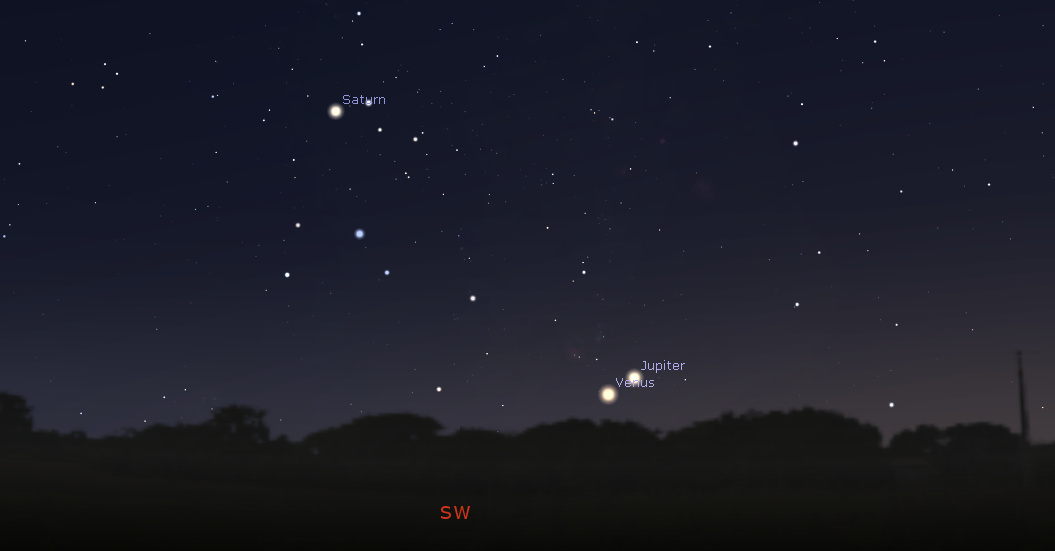



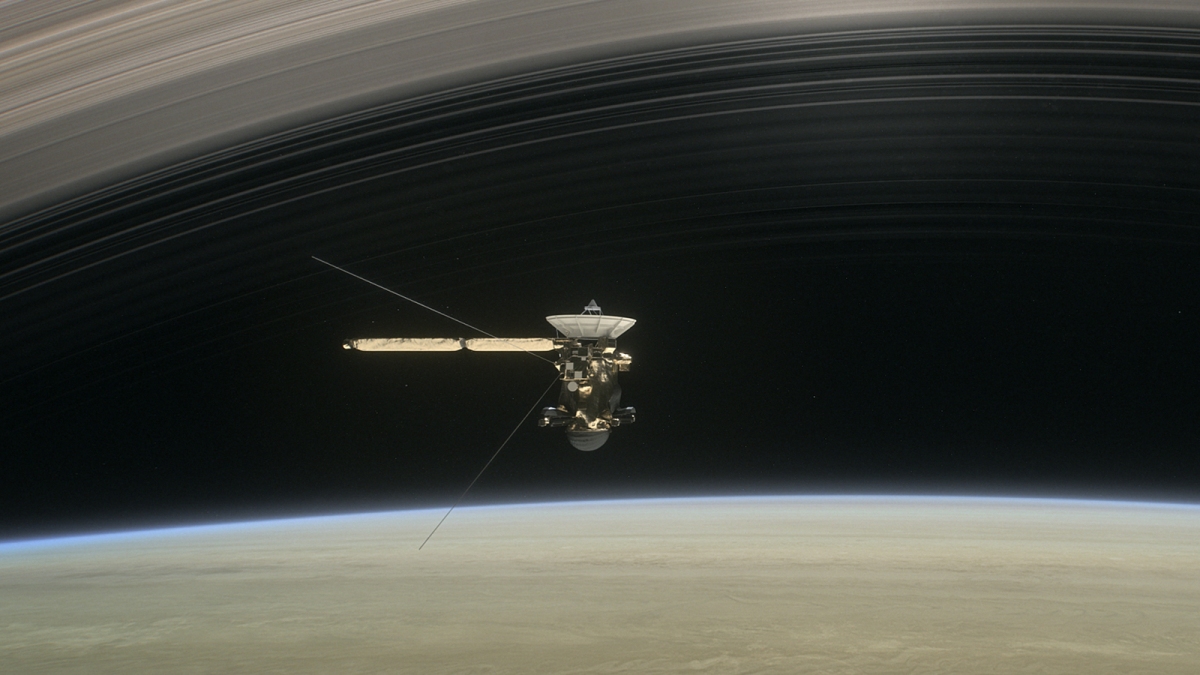
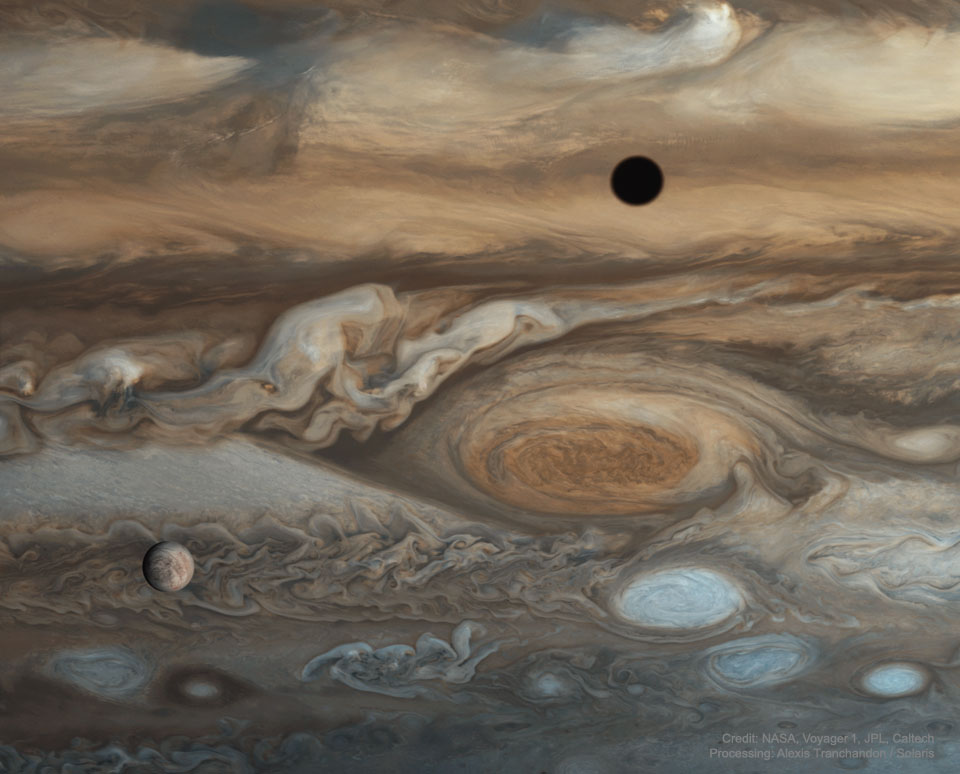
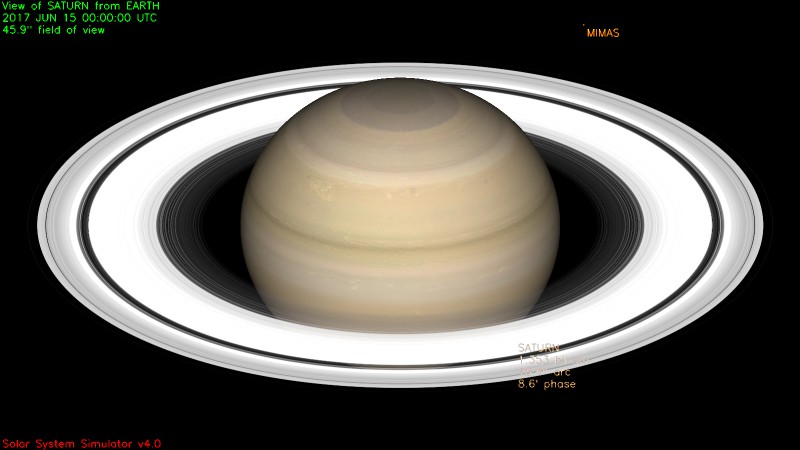



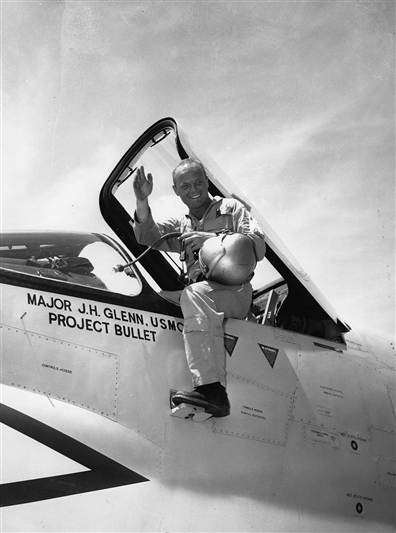

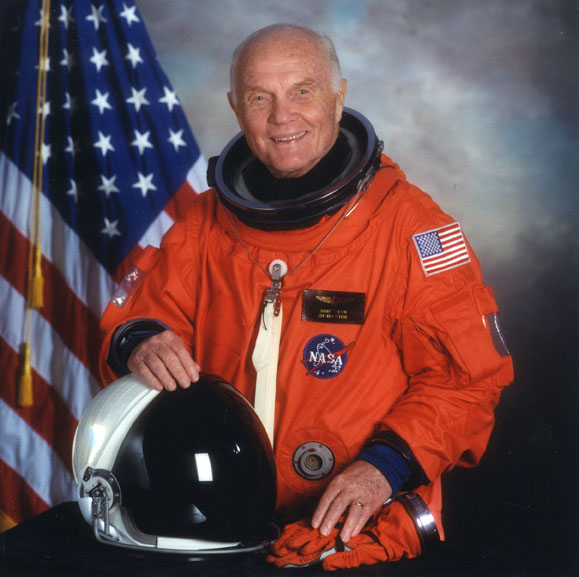
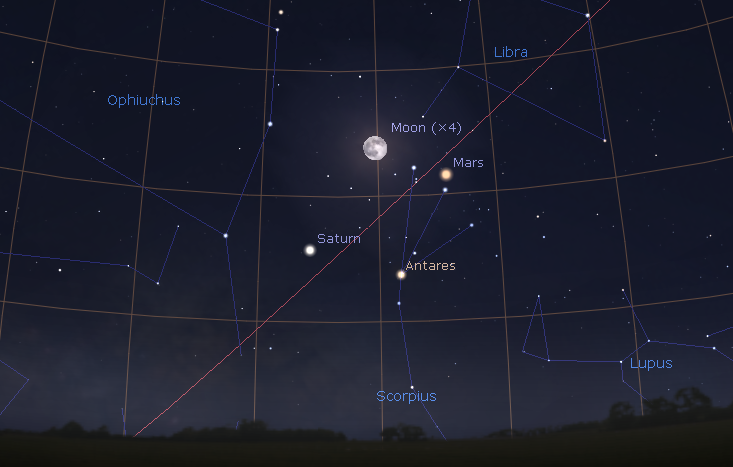
You must be logged in to post a comment.